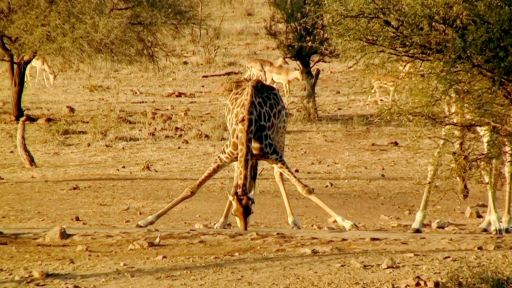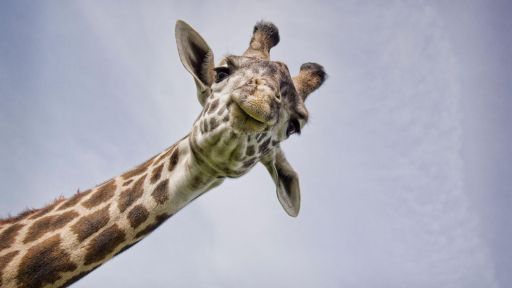On nights when the perfect tide conditions, day-length and sea temperature all align, some 400 species of coral across 3,000 reefs reproduce by releasing their eggs and sperm simultaneously. This ultimately helps grow the world’s largest living structure – the Great Barrier Reef.
Features
- [Narrator] This spring time full moon is the trigger for a submarine spectacular.
When the perfect tide height, day length, and sea temperature all align, this happens.
(melodic piano music) Some 400 species of coral across 3,000 reefs reproduce over a series of nights.
Tucked inside their limestone armor, millions of coral polyps release their eggs and sperm simultaneously.
You may be wondering what's big about these tiny floating jewels?
Well together, they're responsible for growing the world's largest single living structure.
The great barrier reef.
At 1400 miles long, it's almost the vertical length of the United States, making it the only living thing visible from space.
Each time the reef reproduces, its gigantic scale increases.
The resulting coral larvae travel back down to make their home on the reef.
This monumental structure once grew by several inches each year.
Of course, now there's a twist to this tale.
In recent years it's thought that half the coral in this big beast has died.
It's believed rising sea temperatures are responsible for driving away the colorful algae that live inside coral.
Without nutrients and its distinctive hues, it's left bleached white.
It appears our modern world is taking its toll on this greatest of beasts.


